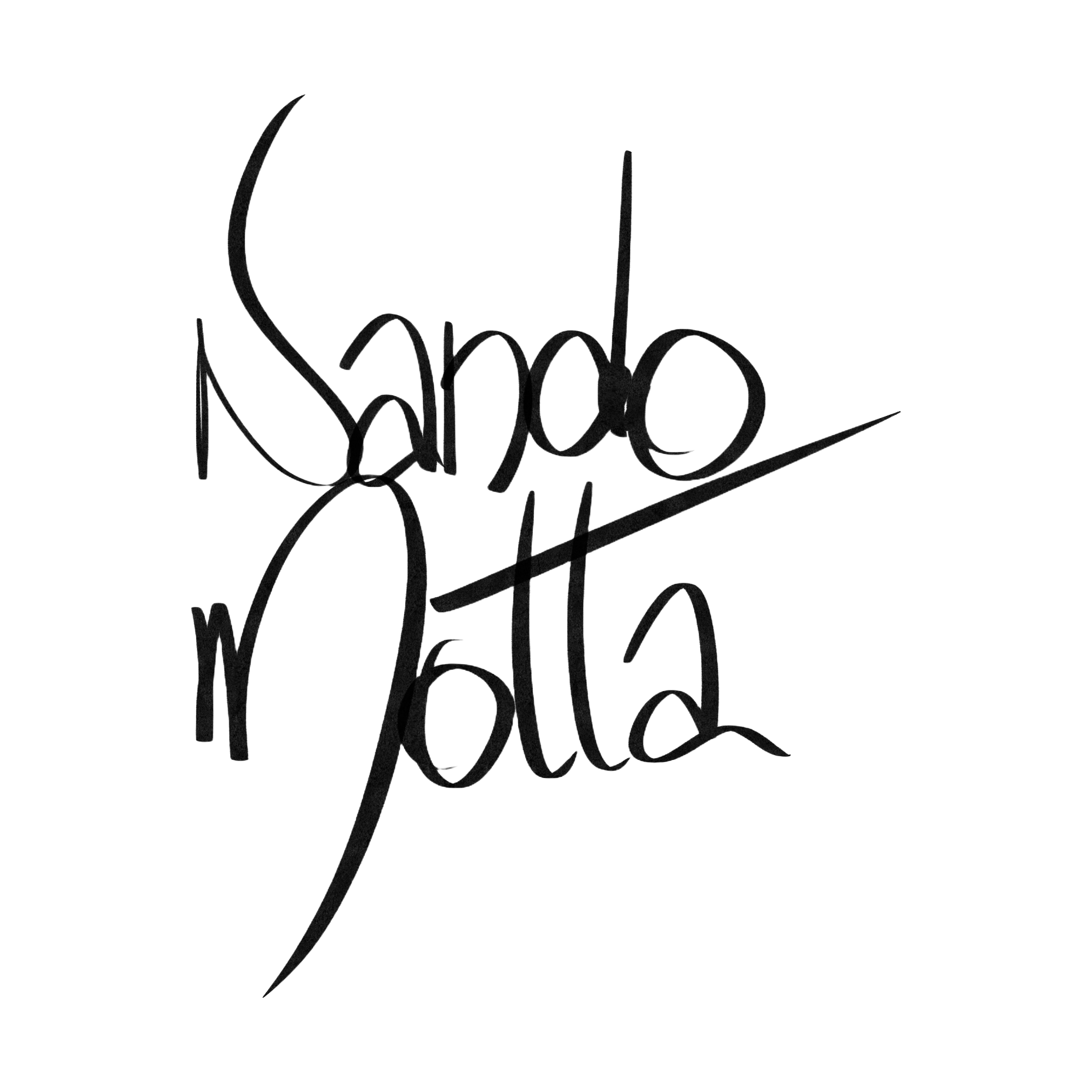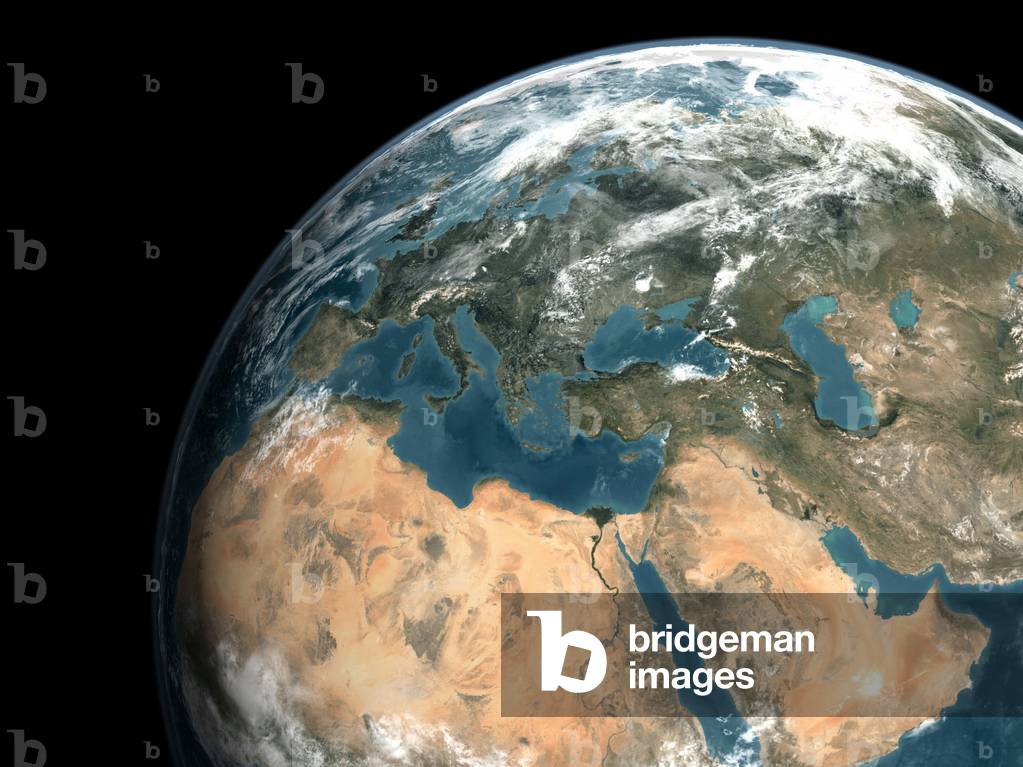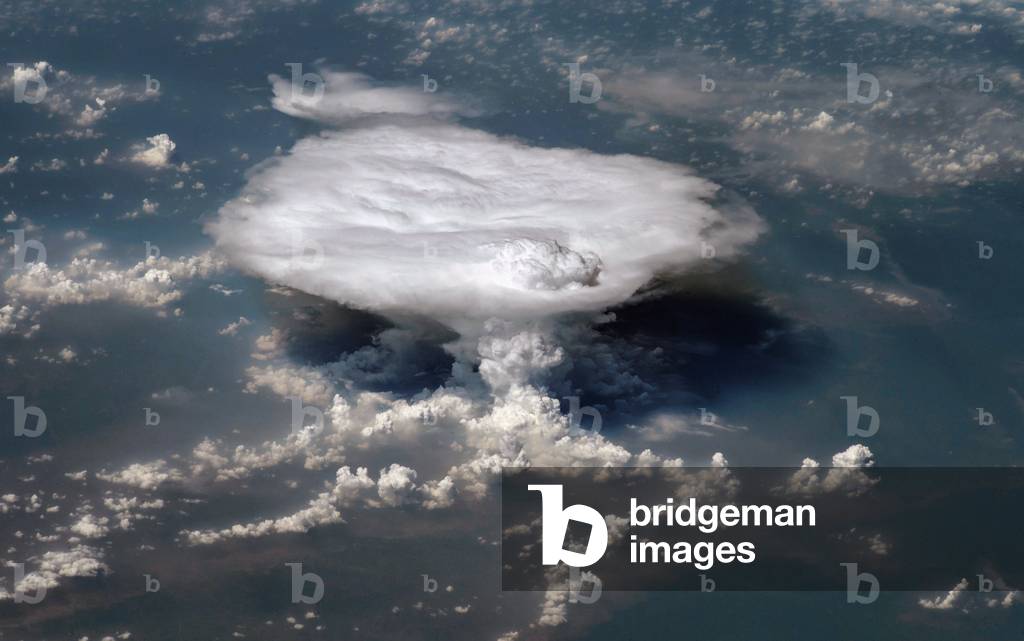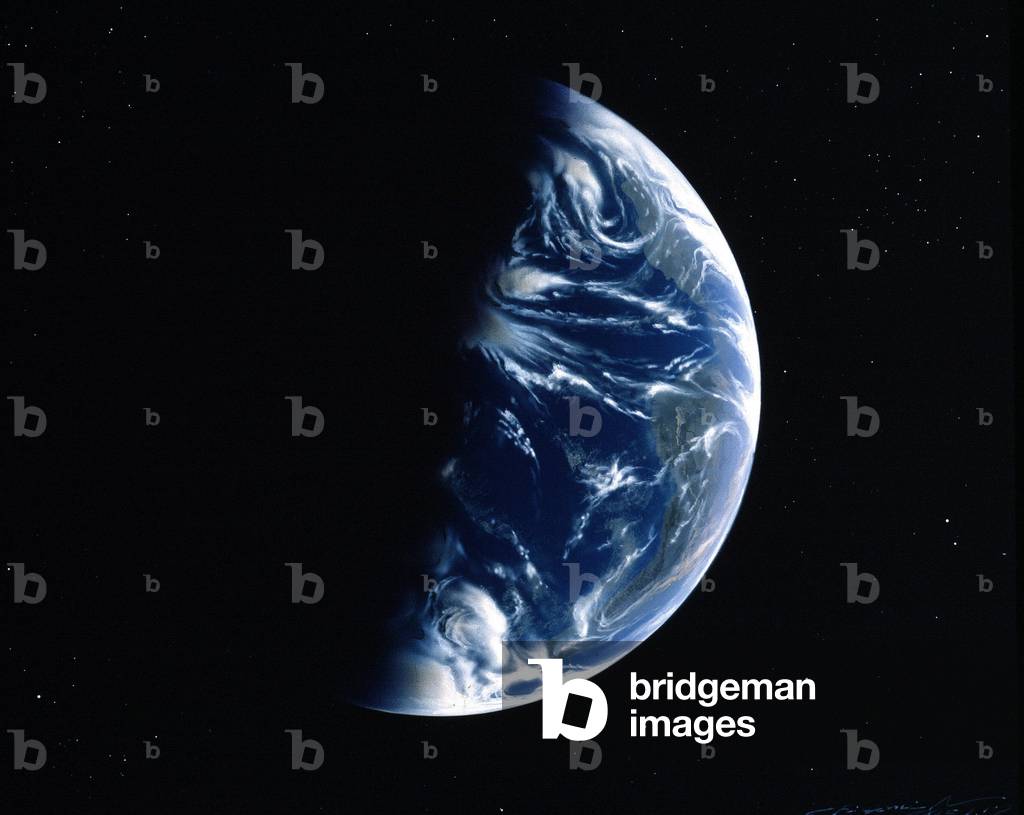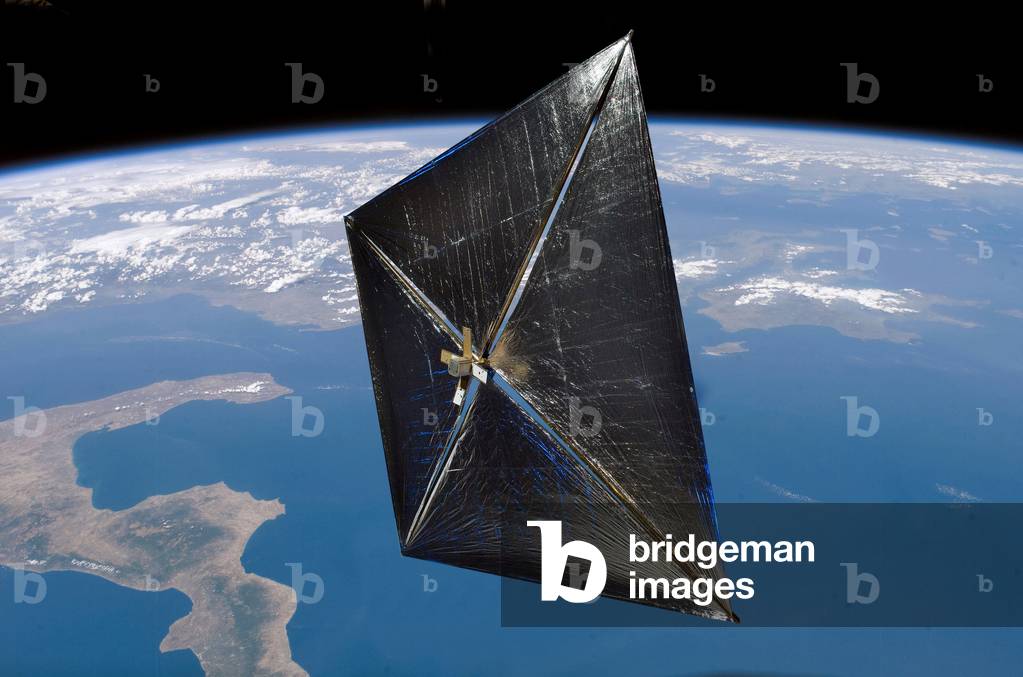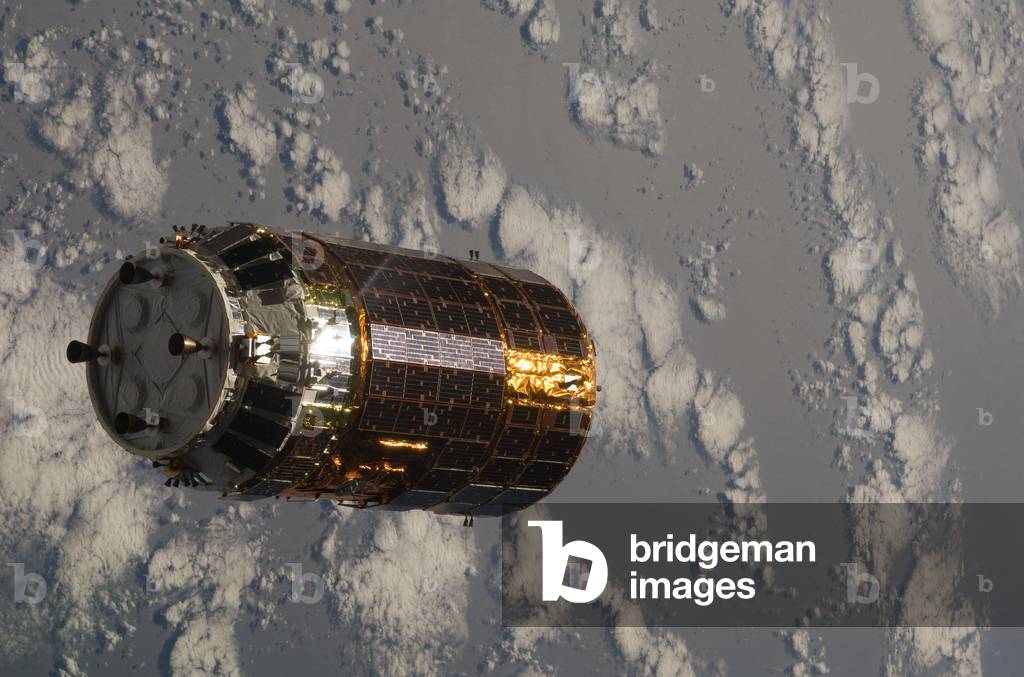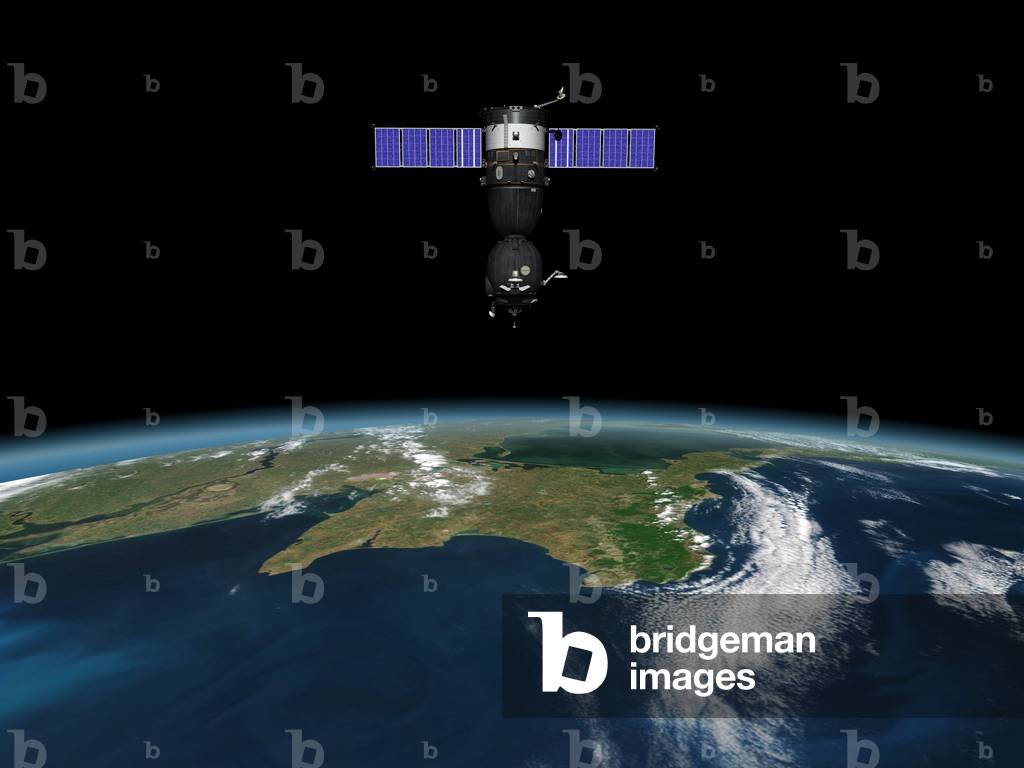
PIX4640538
Space debris - Artist view - Space debris - Artist view - Approximately 11,000 objects over 10 cm have been identified around the Earth. Most of these debris is in low orbit. The number of debris between 10 cm and 1 cm in diameter, greater than 100,000; particles less than 1 cm must exceed 10 million. Approximately 11,000 objects larger than 10 cm are known to exist around the Earth. The estimated population of particles between 1 and 10 cm in diameter is greater than 100,000. The number of particles smaller than 1 cm probably exceeds tens of millions
DC






















































